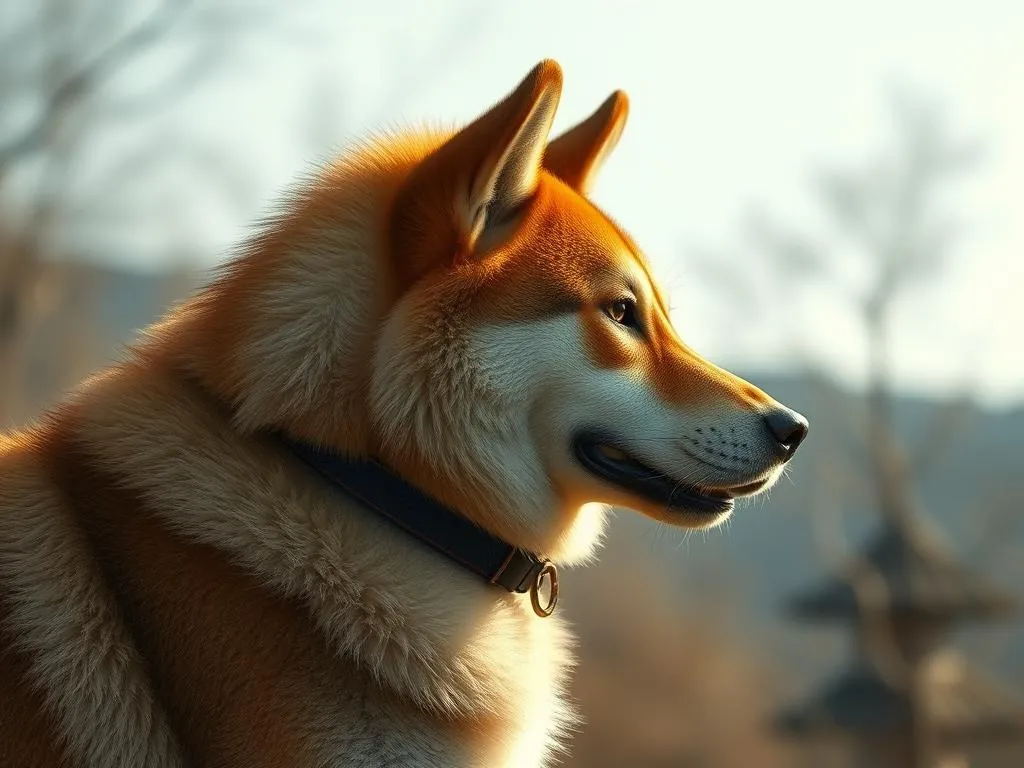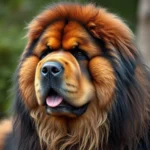
Understanding dog breeds is essential for dog owners and enthusiasts alike. Each breed comes with its own set of characteristics that influence behavior, temperament, and care requirements. Among the diverse array of breeds, the Korean Jindo stands out as a unique and fascinating option. This article will delve into the various aspects of the Korean Jindo, exploring its history, physical characteristics, temperament, health care, training, and suitability for families.
Understanding Dog Breeds
What is a Dog Breed?
A dog breed is a specific group of dogs that share common characteristics, such as appearance, behavior, and genetic traits. These characteristics can include size, coat type, color, and temperament. Understanding dog breeds is crucial for prospective dog owners, as it helps determine which breed may fit best with their lifestyle and preferences.
The Importance of Dog Breeds
The role of breeds in dog behavior and temperament cannot be overstated. Different breeds have varying instincts, energy levels, and social needs, which can significantly influence their behavior in a home environment. For instance, herding breeds like Border Collies may require more mental and physical stimulation than other breeds. Knowing a breed’s traits helps in training and understanding their needs, thereby fostering a harmonious relationship between the dog and owner.
Overview of Popular Dog Breeds
While the Korean Jindo is a remarkable breed, it is essential to acknowledge other popular breeds such as the Labrador Retriever, German Shepherd, and Golden Retriever. Each of these breeds has its own unique set of traits, making them popular choices for families and individuals alike.
The Korean Jindo
History and Origin
The Korean Jindo is a native breed from Jindo Island in South Korea, with a history that dates back several centuries. Originally bred for hunting, these dogs were used to track and catch game, showcasing their intelligence and agility. The breed holds significant cultural importance in Korea, where it is celebrated as a national treasure. In 1962, the Korean Jindo was designated as a Natural Monument of Korea, reflecting its historical and cultural value.
Physical Characteristics
The Korean Jindo is a medium-sized dog, typically weighing between 30 to 50 pounds, with a height ranging from 18 to 22 inches at the shoulder. They possess a strong, athletic build that contributes to their agility and stamina. The coat of a Korean Jindo is double-layered and can come in various colors, including white, yellow, and brindle. One of their distinctive features is their erect ears and curly tail, which adds to their striking appearance.
Temperament and Behavior
The Korean Jindo is known for its loyalty, intelligence, and independence. They are often described as confident and alert, making them excellent watchdogs. While they are generally affectionate with their families, they may be reserved around strangers, showcasing their natural protective instincts. This breed tends to be highly intelligent and can learn commands quickly, although they may exhibit a stubborn streak, requiring patience during training.
Health and Care
Common Health Issues
Like all dog breeds, the Korean Jindo can be prone to certain health issues, including hip dysplasia, eye problems, and skin allergies. Regular veterinary check-ups and preventative care are essential to maintain their health. Responsible breeding practices can also minimize genetic predispositions to these conditions.
Nutrition and Diet
Providing balanced nutrition is vital for the overall health of a Korean Jindo. High-quality dog food that meets their specific needs, including protein, fats, vitamins, and minerals, is crucial. Brands like Royal Canin and Blue Buffalo offer formulations tailored for medium-sized breeds. It’s important to consult with a veterinarian to determine the best diet based on your dog’s age, weight, and activity level.
Grooming Needs
The Korean Jindo has a double coat that requires regular grooming to keep it healthy and clean. Brushing their coat at least once a week is recommended to prevent matting and to control shedding. Bathing should be done as needed, typically every few months or when they become particularly dirty. Regular ear cleaning and nail trimming are also important aspects of grooming.
Training and Socialization
Basic Training Techniques
Early training is crucial for the Korean Jindo to ensure they develop into well-behaved adults. Positive reinforcement methods work well with this breed, as they respond best to praise and rewards. Basic commands such as sit, stay, and come should be taught as early as possible. Consistency and patience are key, as Korean Jindos can be independent thinkers.
Socialization Strategies
Socialization is vital for the Korean Jindo, especially in their formative months. Introducing them to various environments, people, and other animals can help mitigate any potential behavioral issues. Organized puppy classes and playdates can provide valuable experiences that encourage good social skills.
Living with a Korean Jindo
Ideal Living Conditions
The Korean Jindo thrives in environments that allow for plenty of exercise and mental stimulation. While they can adapt to apartment living, a house with a secure yard is ideal, allowing them to roam and play. Daily exercise is essential, as they are an active breed that enjoys walking, running, and engaging in interactive play.
Compatibility with Families
This breed can be a great addition to families, especially those with older children who understand how to interact with dogs. Korean Jindos can also coexist with other pets, particularly if socialized from a young age. However, their prey drive may lead them to chase smaller animals, so supervision is necessary.
Common Misconceptions
Many myths surround the Korean Jindo, often stemming from their reputation as a guard dog. Some people believe they are aggressive or unfriendly, but this is not true. With proper training and socialization, Korean Jindos can be friendly and affectionate companions. Clarifying these breed-specific traits helps potential owners make informed decisions.
Conclusion
The Korean Jindo is a unique and loyal breed that offers a blend of independence and affection. Understanding their history, characteristics, and needs can help prospective owners appreciate what makes this breed special. As with any dog, responsible ownership is paramount, ensuring that the Korean Jindo not only thrives but also enriches the lives of those around them.
FAQs
Common Questions About the Korean Jindo
Q: Are Korean Jindos good with children?
A: Yes, they can be good with children, especially if socialized early. However, supervision is recommended to ensure safe interactions.
Q: How much exercise does a Korean Jindo need?
A: They require daily exercise, including walks and playtime, to stay healthy and happy.
Q: Do Korean Jindos shed a lot?
A: Yes, they do shed, particularly during seasonal changes, so regular grooming is essential.
Q: Are Korean Jindos easy to train?
A: They are intelligent and can learn quickly, but they may exhibit a stubborn streak, requiring patience during training.
Q: What is the lifespan of a Korean Jindo?
A: The average lifespan is around 12 to 15 years, with proper care and health management.
The Korean Jindo is a remarkable breed that deserves recognition and appreciation for its unique qualities and characteristics, making it a wonderful choice for the right owner.









